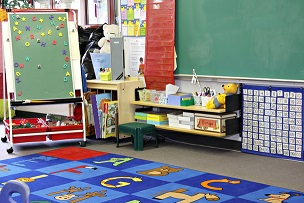Your cart is currently empty!

Whole Language Theory, Post
Whole Language Theory
Whole Language Theory dominated literacy teaching. In the 1960’s the movement towards the whole language approach to teaching literacy in schools gathered strength. There is a legacy of WLT in schools in Australia. Easy to pick!
-
-
-
- Children are taught to learn words only within the context of a story or other text;
- to anticipate ‘what comes next’;
- to recognise words by their shape, and so on.
- They are also taught to use the pictures in a story to prompt their reading.
-
-
Children taught using the Whole Language approach often develop literacy problems. The vital reading strategies provided by phonics knowledge up to the 1960s was replaced by peripheral tactics such as ‘anticipating what comes next’ which really means guessing. And of course, ‘reading the pictures’.
Primary Teachers have changed the definition of language functions. These were previously described by linguists as the functions of language until recent times: listening, speaking, reading and writing
Teachers have added “creating” and “drawing” to the list. This has been under the influence of Whole Language Theory — and it continues.
How the added definitions of language functions affect teaching According to Whole Language theory, if children just read they will automatically acquire new words and understand meanings over time. The more often they see a word, the faster they will learn it. That’s the theory. And lots of pictures are used as prompts and props. In fact, the most expensive side of producing literacy materials today is the cost of the graphics.
A return to pictorial communication? Including “creating” and “drawing” in the new definition of the functions of language smacks of a return to pictorial communication. Yet the purpose of a symbolic written system was supposed to replace it.
If, by the addition of “creating” and “drawing”, they mean that children learn reading and writing better, that is very different from claiming that “creating” and “drawing” are part of the functions of language. More appropriate to the functions of art? Yes.